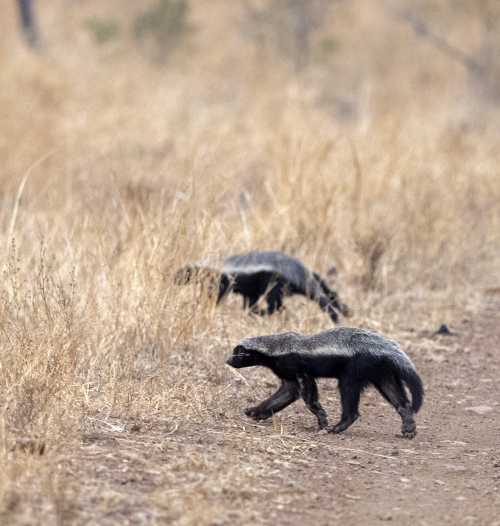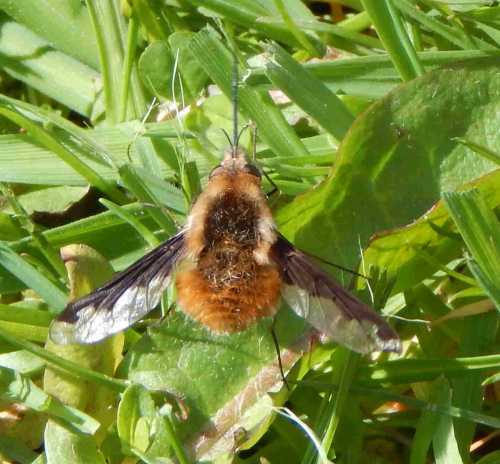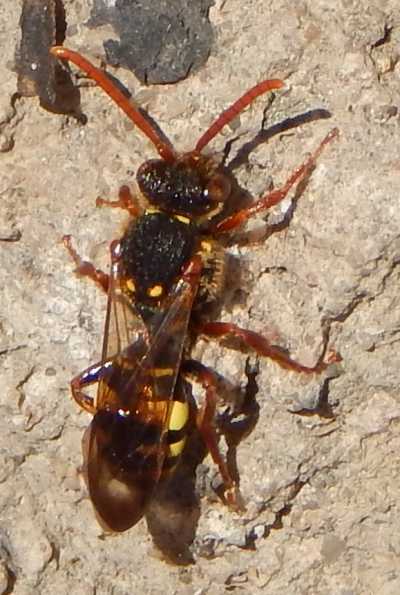Do Bee-Eaters Eat Bees? And Other Questions
You may have heard that there are birds that eat bees called ‘bee-eaters’.
In fact there are around 30 named species of bird that are included in the ‘bee-eater’ group.
So what are they? Where do they live? How do they catch bees? Do they eat any other ‘bee products’, such as honey, wax and larvae, or just the adult bees? Do bee-eaters only eat bees, or do they also eat other insects?
About Bee-Eaters
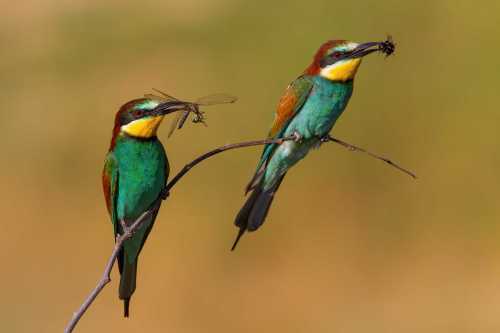 The European bee-eater (Merops apiaster)
The European bee-eater (Merops apiaster)Firstly, a bit of taxonomy! The bee-eaters are ‘non-passerine’ birds (passerines – ‘sparrow-shaped’ birds – are the most numerous bird, constituting about 60% of all bird) that belong to the Meropidae family.
The family consists of three genera (Nyctyornis; Meropogon; Merops), and within the three genera there are around 30 species.
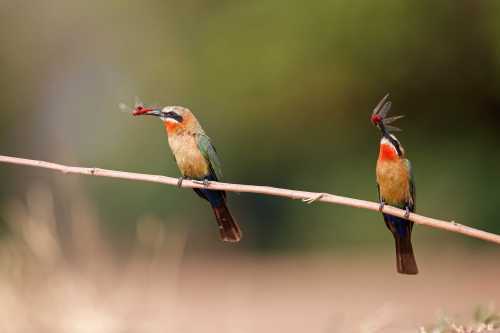 White-fronted bee-eaters (Merops bullockoides)
White-fronted bee-eaters (Merops bullockoides)What do bee-eaters look like?
They tend to be colourful birds, even striking in appearance, and there is no obvious difference between the sexes. In addition to their colourfulness, all the species share other common characteristics: they all have long, turned-down beaks.
They all have short necks and short legs – they are rather ungainly on the ground. Most species have elongated tail feathers. They have evolved a species to catch bees (and wasps and other insects) in flight, and their anatomy reflects this.
What do bee-eaters eat, and do bee-eaters only eat bees?
Bee-eaters are aerial hunters, meaning that they catch insect prey while flying, especially Hymenoptera (wasps and bees, hornets)1.
However, they do not exclusively eat bees. Included in the diet are also Odonata (dragonflies and damselflies)2, Lepidoptera (butterflies and moths)3, Diptera (flies)4 among other flying insects.
How do bee-eaters catch bees?
The usual tactic is to perch on a branch (or other suitable vantage point) and watch for suitable prey insects. They have good eyesight and are able to detect insects flying up to 100 meters away.
How do bee-eaters avoid getting stung by bees?
Bee-eaters have developed an interesting way of dealing with insects that have a venomous sting, such as wasps and bees. Whereas small, non-venomous insects are eaten ‘on the wing’, after catching an insect with a venomous sting the birds will beat the insect on a branch and then rub the insect in order to squeeze out the singer and venom.
Do bee-eaters eat the honey, wax of bee larvae in a hive?
As far as I am aware, bee-eating birds catch their prey on the wing only. They do not visit nests or burrows of insects, nor do they eat the honey or wax produced by the bees.
Where do bee-eater birds live and nest?
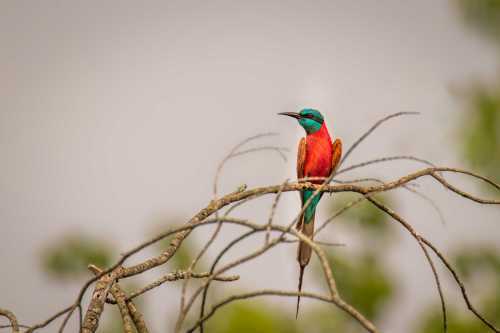 Southern Carmine Bee-Eater Merops nubicoides, Uganda.
Southern Carmine Bee-Eater Merops nubicoides, Uganda.They have a wide distribution – often referred to as an ‘old-world distribution’ in that they are found in Europe, Africa, Asia, and Australia. Some species are migratory. The Southern Carmine bee-eater migrates between three locations.
For example, species that breed in Southern Europe tend to migrate to West Africa or Southern Africa for winter.
However, that is an over-simplification of the situation, with some species migrating but other members of the same species resident in the same country, and not migrating.
They are ground nesting birds. They create burrows in the ground or in suitable banks in which to nest. They are normally active in the day but sleep at night, although they will sometimes fly at night while migrating.
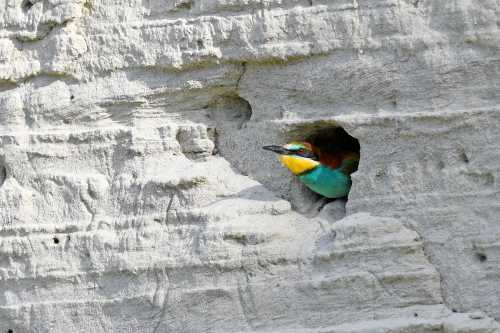 The European bee-eater (Merops apiaster) in its nest burrow
The European bee-eater (Merops apiaster) in its nest burrow
Predators of bee-eaters
Bee-eating birds eat bees, but are there any animals that eat the bee-eater bird?
Yes, indeed bee-eaters can be predated and parasitized. In common with other ground-nesting birds, they are vulnerable to snakes and rats. Sparrowhawks can take birds while they are flying.
In common with other birds, bee-eaters are sometimes ‘targeted’ by honeyguides, another type of bird which behave like cuckoos and lay their eggs in the nests of bee-eater birds6. Additionally, birds can be infested with blood-feeding flies, lice, and fleas.
Do other birds eat bees?
Bee-eater
birds are not the only birds that will eat bees or insects. Honey buzzards use their strong talons and
beaks to break into hives to get access to the larvae and beeswax.
Honeyguide birds guide other predators (including humans) to the nests and hives of honey bees, and eat any wax and larvae left behind by the befriended predator.
Smaller birds in Europe, such as great tits and blue tits, are known to target bumble bees from time to time, sometimes as the bumble bee workers leave aerial nests.
Northern cardinal birds have also been observed attacking hives and eating adult bees, and the purple martin is also known to eat bees and wasps.
Bees and wasps also make up a significant proportion of the diet of the beautiful American songbird, the scarlet tanager.
References:
1.Gunnarsson, K., Ekblom, R. Review of the diet specialisation of the Blue-cheeked bee-eater (Merops persicus). J Ornithol 160, 275–279 (2019). https://doi.org/10.1007/s10336-018-1593-5
2. Kossenko SM, Fry CH (1998) Competition and coexistence of the European bee-eater Merops apiaster and the Blue-cheeked bee-eater Merops persicus in Asia. IBIS 140:2–13
3. Larsen TB (1992) Temporary prey-specialization on migrant butterflies by bluecheeked bee-eaters. Entomol Rec J Var 104:253–255
4. Marniche F, Voisin J-F, Doumandji S, Aissaoui R, Bensai T (2007) Régime alimentaire du guêpier de perse Merops superciliosus dans le grand erg oriental algérien. Alauda 75:323–326
If you found this page helpful or interesting, I'd really be grateful if you would share it with others - if not this page, perhaps another, such as Gardening For Bees.
Thank you so much :) .
